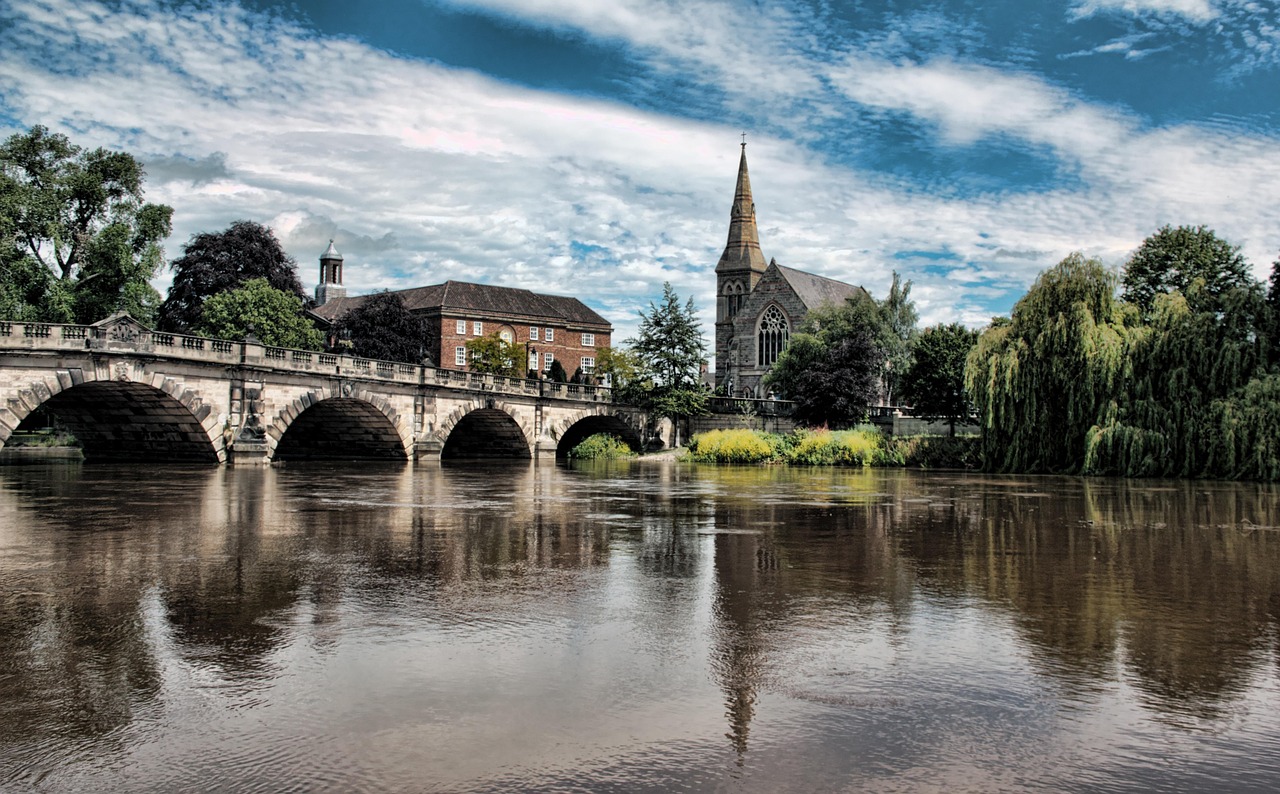在中国的首都北京,有一座闻名遐迩的皇家园林——颐和园,它不仅是中国园林艺术的瑰宝,也是世界文化遗产之一,随着全球化的进程,越来越多的外国游客和学者对颐和园产生了浓厚的兴趣,了解颐和园的英文名称及其背后的故事,对于传播中国传统文化和促进国际交流具有重要意义,本文将带你走进颐和园的英文世界,探索这座园林的国际语言。
颐和园的英文名称是“Summer Palace”,这个名称直接翻译自中文原名“颐和园”,在中文里,“颐和”意味着“颐养天年,和谐安宁”,而“园”则指的是园林,将“颐和园”翻译为“Summer Palace”是因为这座园林曾是清朝皇帝的避暑胜地,他们在夏季会来到这里享受清凉,这个名称不仅传达了园林的功能,也体现了其皇家地位。
颐和园的历史可以追溯到金朝,当时它被称为“金水园”,到了元朝,园林被扩建,并更名为“大承天护圣寺”,明朝时期,园林再次被扩建,并更名为“好山园”,直到清朝,园林才被命名为“清漪园”,并在乾隆年间进行了大规模的扩建和改造,形成了今天我们所看到的颐和园。
The Summer Palace, located in the Haidian District of Beijing, China, is a vast ensemble of lakes, gardens, and palaces, covering an area of about 290 hectares. It was initially constructed during the Jin Dynasty and later expanded and renamed several times throughout history. The garden reached its zenith during the Qing Dynasty, particularly under Emperor Qianlong, who commissioned extensive renovations and expansions.
The Summer Palace is a masterpiece of Chinese landscape garden design, integrating natural scenery and cultural elements to create a harmonious environment. It is divided into three distinct areas: the administrative area, the front hill area, and the rear hill and long corridor area. Each area has its own unique features and attractions.

The administrative area, also known as the "Front Hill," is the political center of the garden and includes the Hall of Benevolence and Longevity, where the Empress Dowager Cixi once resided. The Front Hill area is characterized by its terraced landscape and includes the impressive Buddha香阁, which houses a massive bronze statue of Buddha.
The Rear Hill and Long Corridor area is the largest and most diverse part of the garden. It features a variety of landscapes, including hills, valleys, and water features, as well as numerous pavilions, temples, and towers. The Long Corridor, which stretches for 728 meters, is one of the garden's most famous landmarks and is adorned with thousands of colorful paintings depicting scenes from Chinese history and mythology.
The cultural value of the Summer Palace is immense. It is not only a testament to the architectural and artistic achievements of ancient China but also a repository of Chinese history and culture. The garden's design principles, which emphasize harmony with nature and the integration of various cultural elements, reflect the philosophical and aesthetic values of traditional Chinese culture.
The garden is also a significant historical site, as it was the residence of several emperors and empresses, including the notorious Empress Dowager Cixi. Her influence on the garden is evident in the Hall of Benevolence and Longevity, where she spent her summers and conducted state affairs.
Moreover, the Summer Palace is a symbol of China's resilience and cultural continuity. Despite suffering severe damage during the Second Opium War and the Boxer Rebellion, the garden was restored and preserved, standing as a testament to the enduring spirit of the Chinese people.
For visitors to the Summer Palace, there are several key attractions that should not be missed. The Marble Boat, located on the southern bank of Kunming Lake, is a unique structure made entirely of marble and is a symbol of the garden's grandeur. The Suzhou Street, a replica of a traditional Chinese marketplace, offers a glimpse into the commercial life of ancient China.
Visitors should also take a leisurely stroll along the Long Corridor, admiring the intricate paintings and enjoying the views of the surrounding landscape. The garden is best explored by foot, allowing for a more intimate experience with the natural beauty and cultural heritage of the site.
For those interested in learning more about the history and culture of the Summer Palace, guided tours are available in English and other languages. These tours provide valuable insights into the garden's past and present, enriching the visitor's experience.
The Summer Palace, or "Yiheyuan" in Chinese, is more than just a garden; it is a living museum that tells the story of China's past and present. Its English name, "Summer Palace," encapsulates its historical significance and its role as a royal retreat. As a UNESCO World Heritage Site, the Summer Palace continues to captivate visitors from around the world with its blend of natural beauty, architectural splendor, and cultural depth.
In conclusion, understanding the English name and the cultural significance of the Summer Palace is essential for appreciating its global importance and for fostering international dialogue about China's rich heritage. As we explore the Summer Palace through its English name, we gain a deeper understanding of its history, its cultural value, and its enduring appeal.